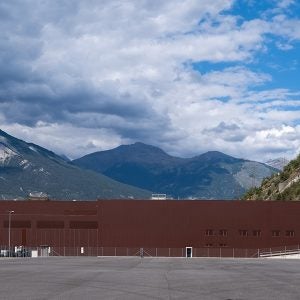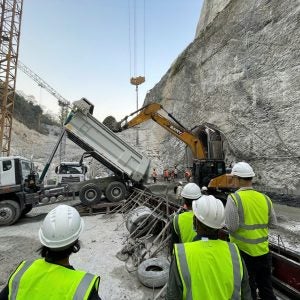The inflow rate to the Situ Gintung reservoir was beyond the discharge capacity of the spillway on the Dutch colonial-era embankment dam, which led to erosion of the surface and soil. The resulting collapse created a channel cutting through the earth structure.
According to the Ministry of Water Resources, the dam collapse resulted in the release of 1.5Mm3 of water from the reservoir, which is located in Ciputat, Tangerang, in the southern outskirts of Jakarta. The dam is at the north end of the narrow, V-shaped reservoir, and most areas around it are built up including the former flood plain.
Local reports tell of people describing a wall of water rushing from the failed dam, which has been described at having been 10m high. Figures are conflicting but dozens of people have been killed by the floodwater, it is understood.
The ministry said that there was no fault attributable to human error in the collapse. It added that heavy rainfall began in late afternoon yesterday and quickly proved to be more than the reservoir could hold, although there was no information given on storage level prior to the downpour. Reports said that the problems began for the spillway after approximately four hours of rain.
While emergency repairs get underway at the dam, inspections have also been launched at similar structures.
Originally, the Situ Gintung levee dam was built on the Pesanggrahan river to provide irrigation water for rice fields. It is reportedly most of a century old though the ministry said that rainfall data from 1910-1960s has been used in sizing capacity needs.
But the ministry has questioned whether there have been changed precipitation patterns, possibly related to climate change, that – together with landuse changes – put the dam at relatively more risk.
Change in landuse saw the irrigation fields then used to build settlements, which influences the drainage regime downstream of the spillway, the ministry said. Reports tell of people living very close to the reservoir.






